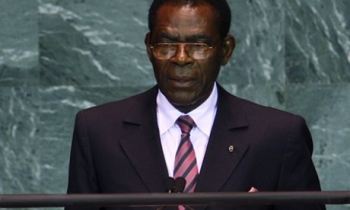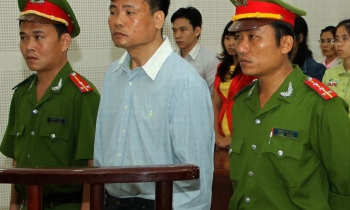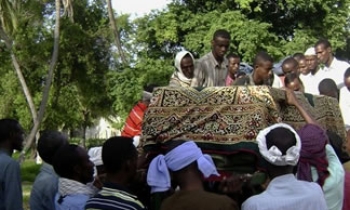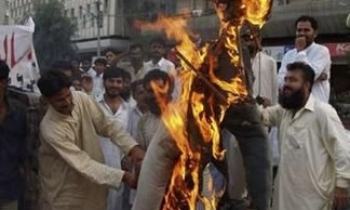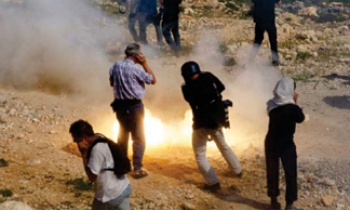President Gloria Macapagal-Arroyo has vowed to protect journalists in the Philippines, but their death toll has risen to 53 under her administration.

The latest victim was reporter Vicente Sumalpong, of the government-run Radyo ng Bayan, who was killed in an ambush in Bongao, Tawi Tawi on June 26. Radyo ng Bayan journalist Vema Antham and staff member Ruelan Hope Borja were also reportedly wounded in the attack.
Sumalpong was shot five times and died on the way to a local hospital. Fellow broadcaster Vema Antham and Sumalpong’s nephew, Roilan Borja, were wounded in the attack. Investigators did not immediately determine whether Sumalpong’s killing was related to his work, according to news reports quoting Police Superintendent Joel Goltiao.
Joel Simon, Committee to Protect Journalists (CPJ) Executive Director said, “Vicente Sumalpong’s name must not be allowed to join the long list of Philippine journalists whose deaths have gone unsolved. The government must move quickly to find and prosecute those who feel they can kill journalists with impunity.â€
According to the National Union of Journalists of the Philippines (NUJP), Sumalpong and Antham had previously requested Radyo ng Bayan management to transfer them out of Tawi-Tawi, due to their growing safety concerns.
“This raises even more questions about the value the Philippine government places in the lives of journalists,†said International Federation of Journalists (IFJ) Asia-Pacific Director Jacqueline Park. “All requests for assistance from journalists due to safety concerns must be taken seriously,†she added.

The Philippines has a very dismal record when it comes to protecting journalists. This underscores the most glaring threat to free and independent journalism in the country. While the country's press remains one of the freest and most vibrant communities of journalists in Southeast Asia, its members — particularly those outside Metro Manila and other major urban centers — have been targets of violence for years, and there appears to be nothing being put forward to change this trend.
In 2004, a Southeast Asian Press Alliance (SEAPA) report put forward that "impunity" or the fact that no single suspect had been convicted or jailed for any of the 54 cases of journalist murders in the Philippines since the 1980s till then was the ruling phenomena. CPJ research confirmed that at least 44 of those 54 attacks were directly related to the slain journalists' work.
Even at that point of time, there appeared to be no serious effort on the part of the government to protect journalists and the press in general — and in this regard to give recognition to, and discourage attacks on, a pillar of Philippine democracy.
The report highlighted that on the one hand, the journalists were clearly being targeted by various parties and interests — from drug and gambling lords in their provinces to officials and public figures they accuse of graft and corruption. But what truly left them vulnerable, Filipino journalists and human rights advocates said, was the "culture of impunity" that government — the Philippine police and legal systems, in particular had been allowing to fester for two decades.
Arroyo met local and foreign media representatives on June 14 at the Aguinaldo State Dining Room and vowed that her administration would put an end to the killing of journalists.

The trend however seems to be continuing. CPJ’s research has shown that 32 journalists have been killed in direct relation to their work in the Philippines since 1992, making it the world’s fifth deadliest nation for journalists during that time period. The impunity rate in these cases is well over 90 per cent. Three Philippine journalists were killed in connection with their reporting last year, putting the nation on par with Afghanistan as Asia’s deadliest nation for reporters in 2006.
Park said, “Despite public comments from the Arroyo administration which support the protection of journalists, these shockingly high figures tell another story. Four journalists have lost their lives just this year, which adds to the 49 that have been murdered since 2001, under Arroyo’s regime.â€
Reporters sans Frontieres (RSF) regards Philippines as one of the most dangerous countries for journalists after Iraq. It said in light of this recent incident, “The murderer and instigators must without fail be arrested and brought to trial.â€



